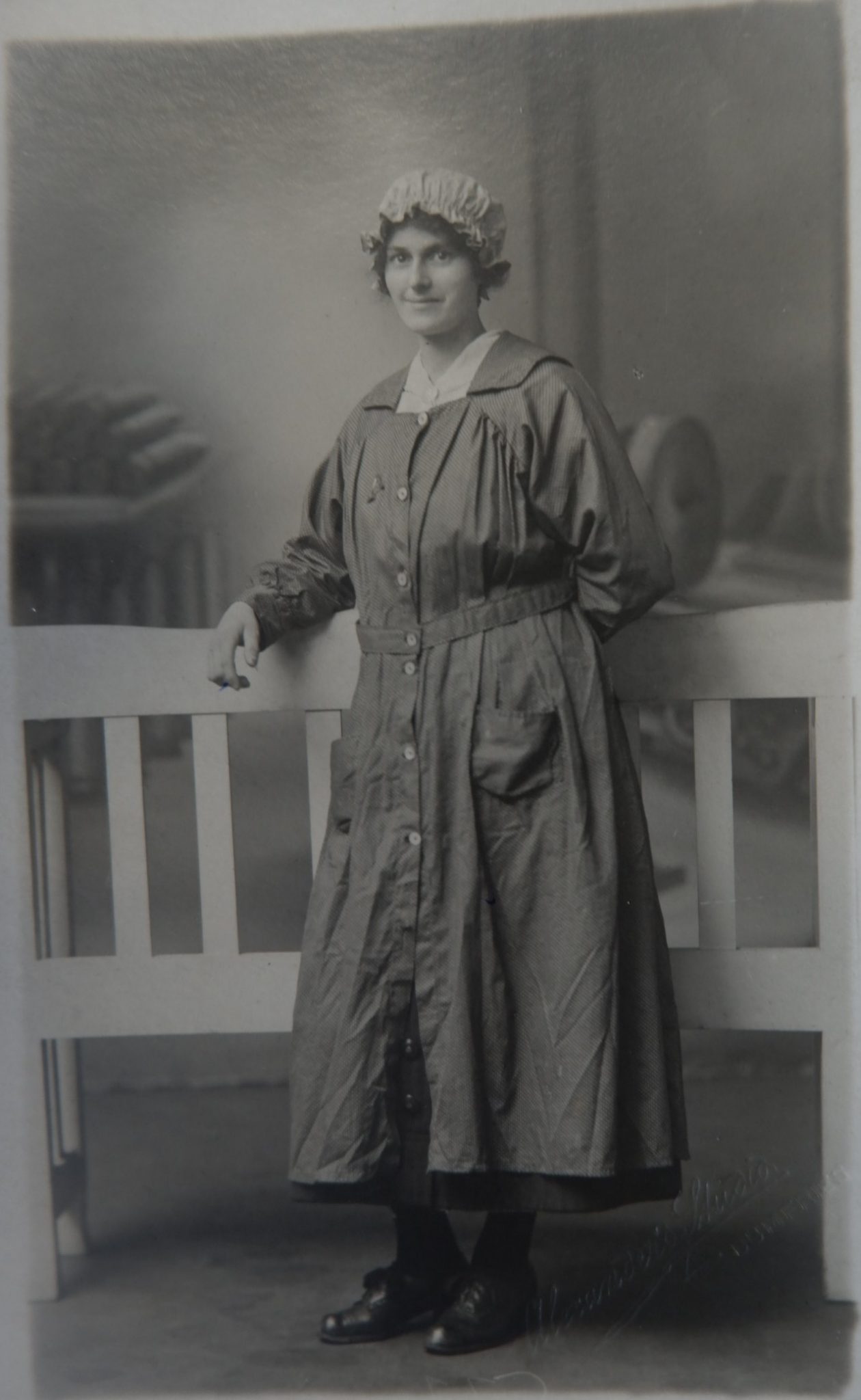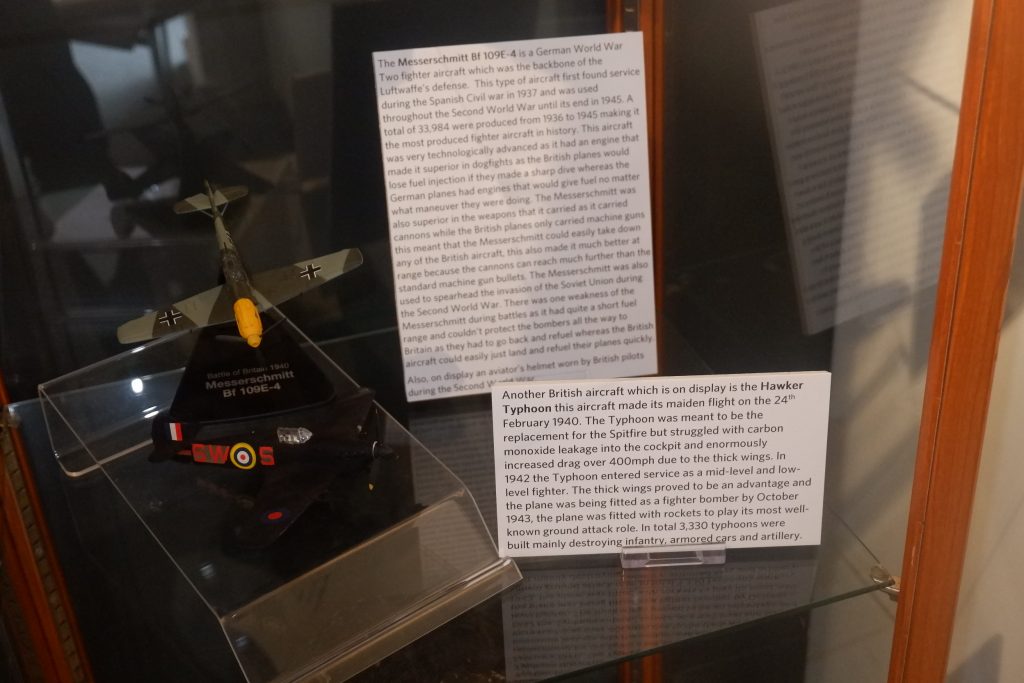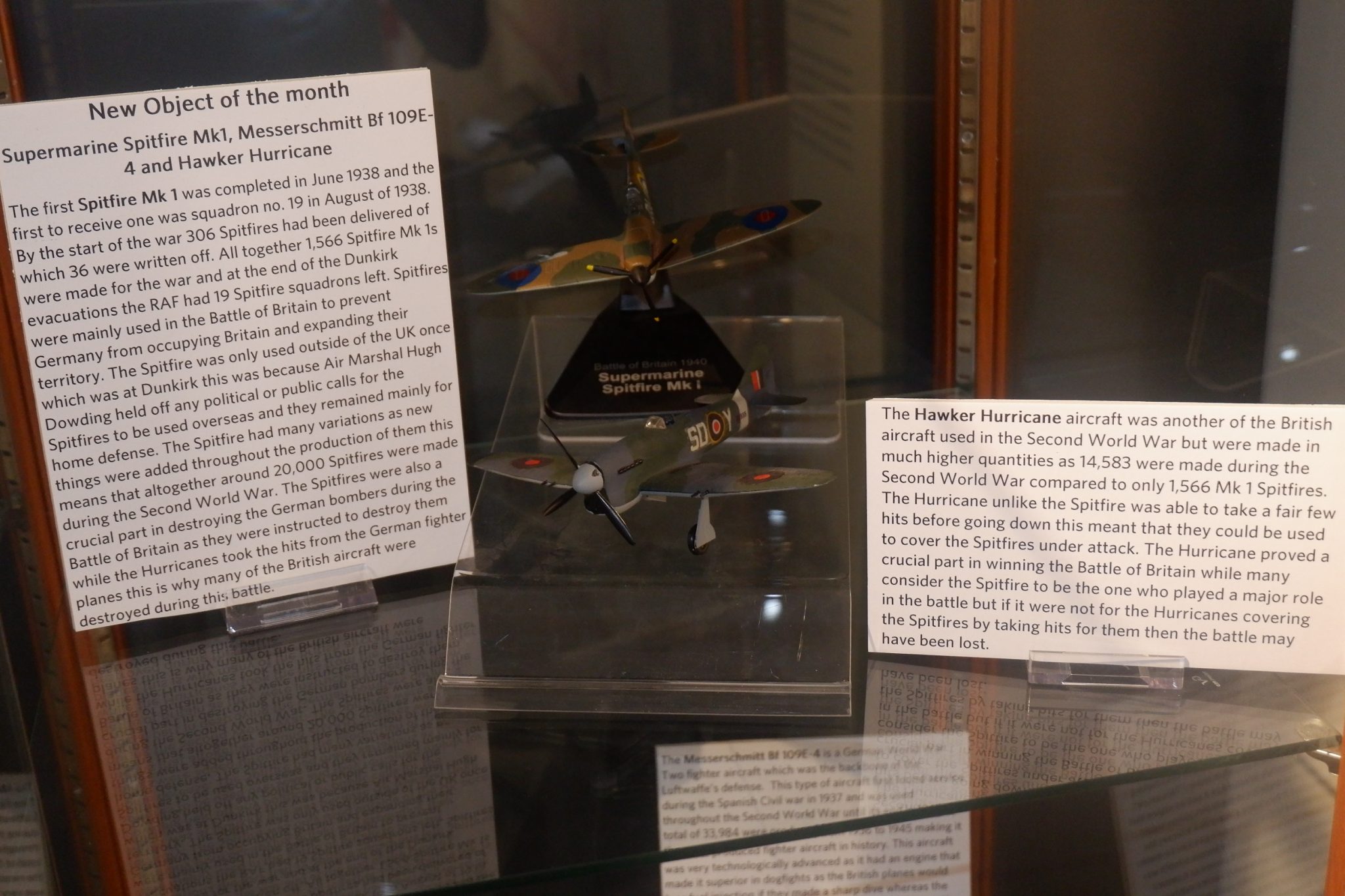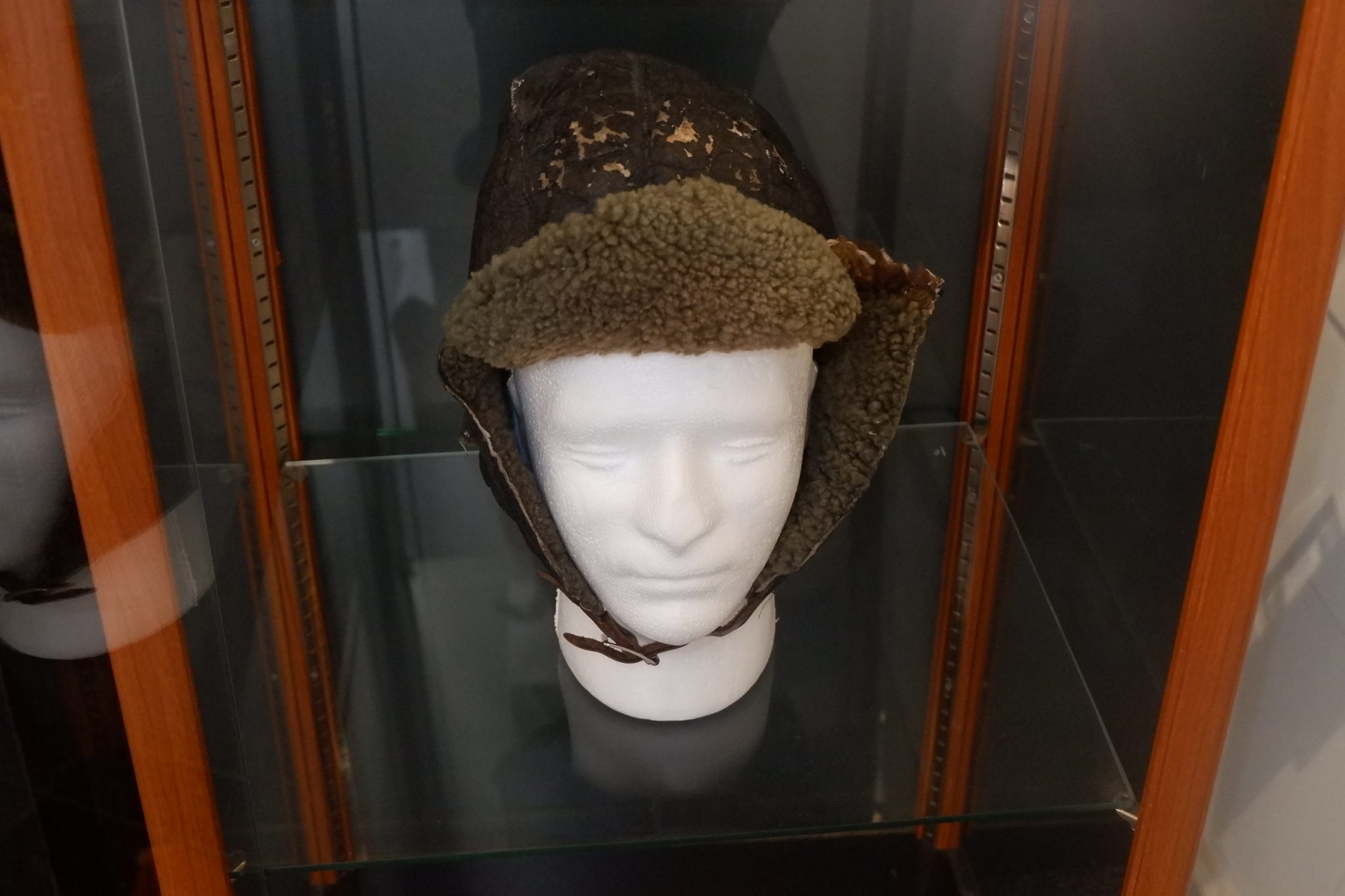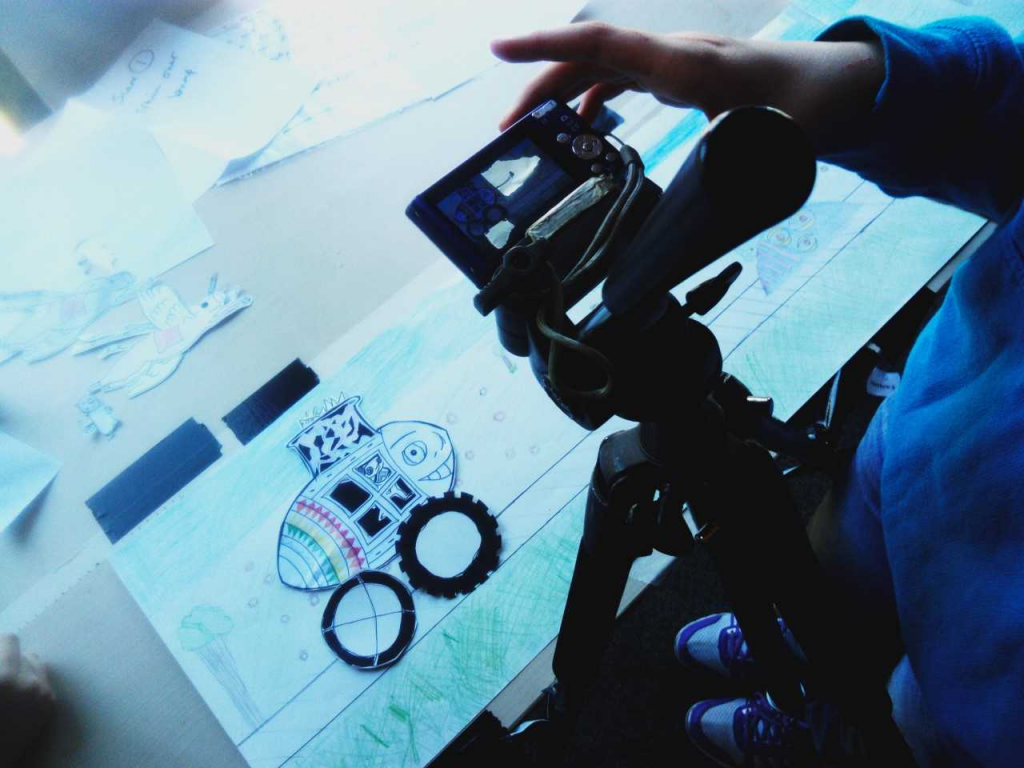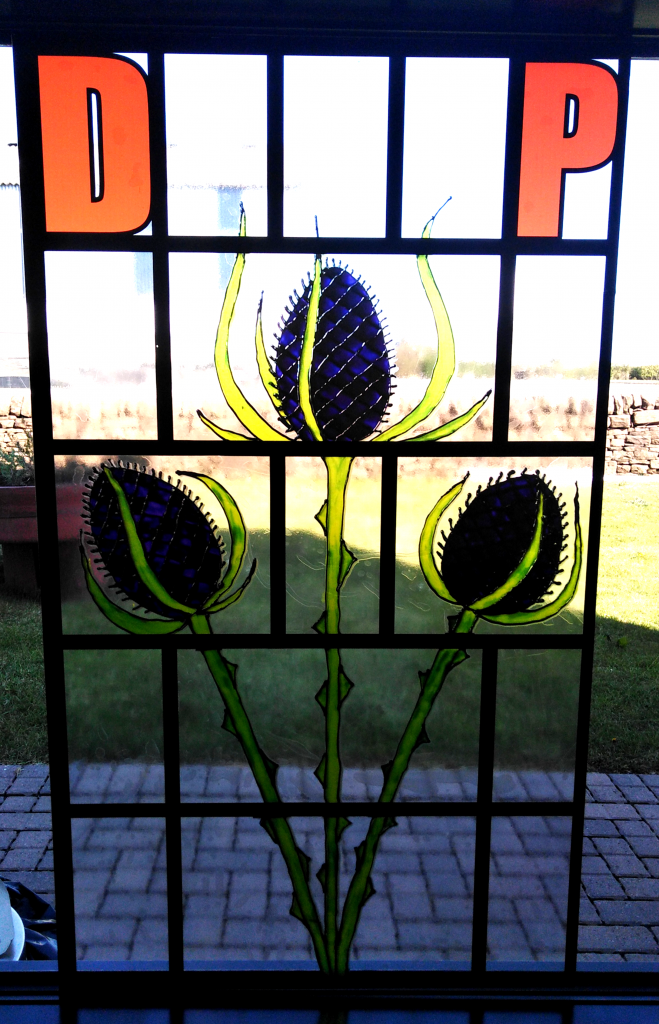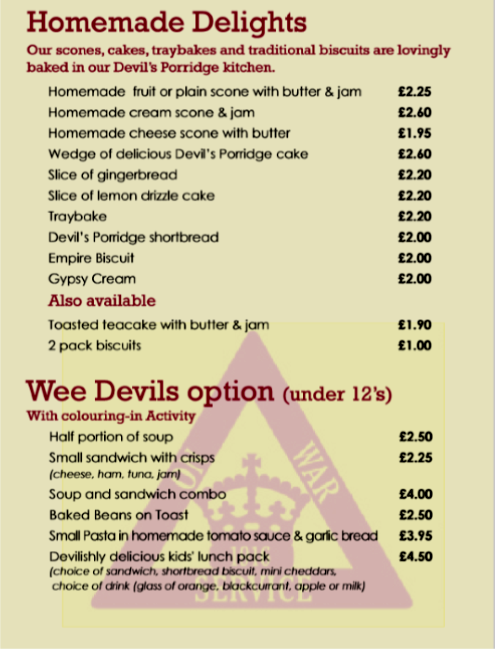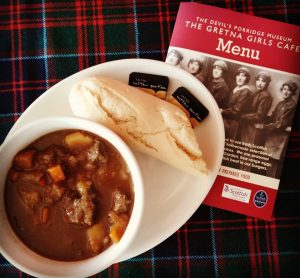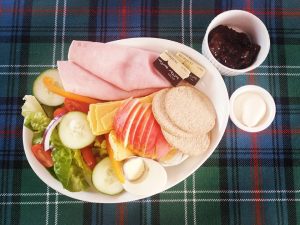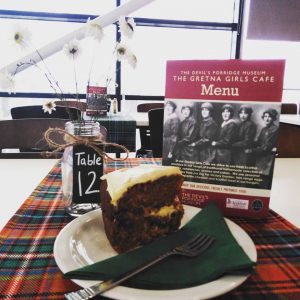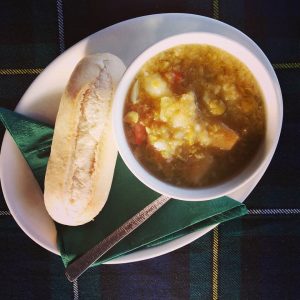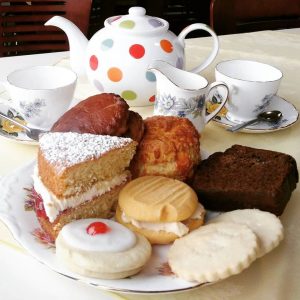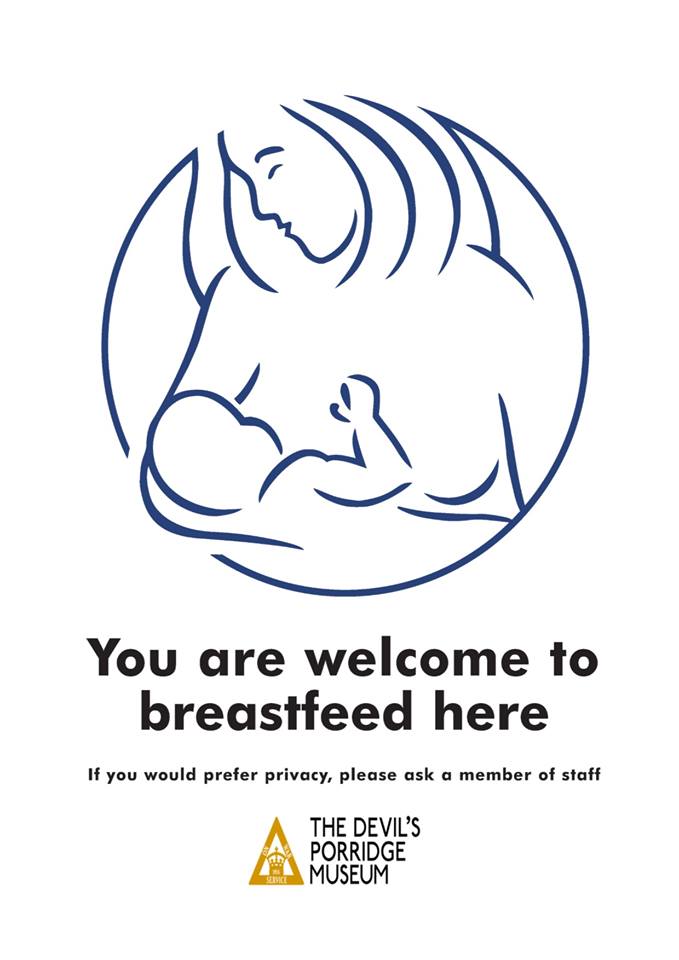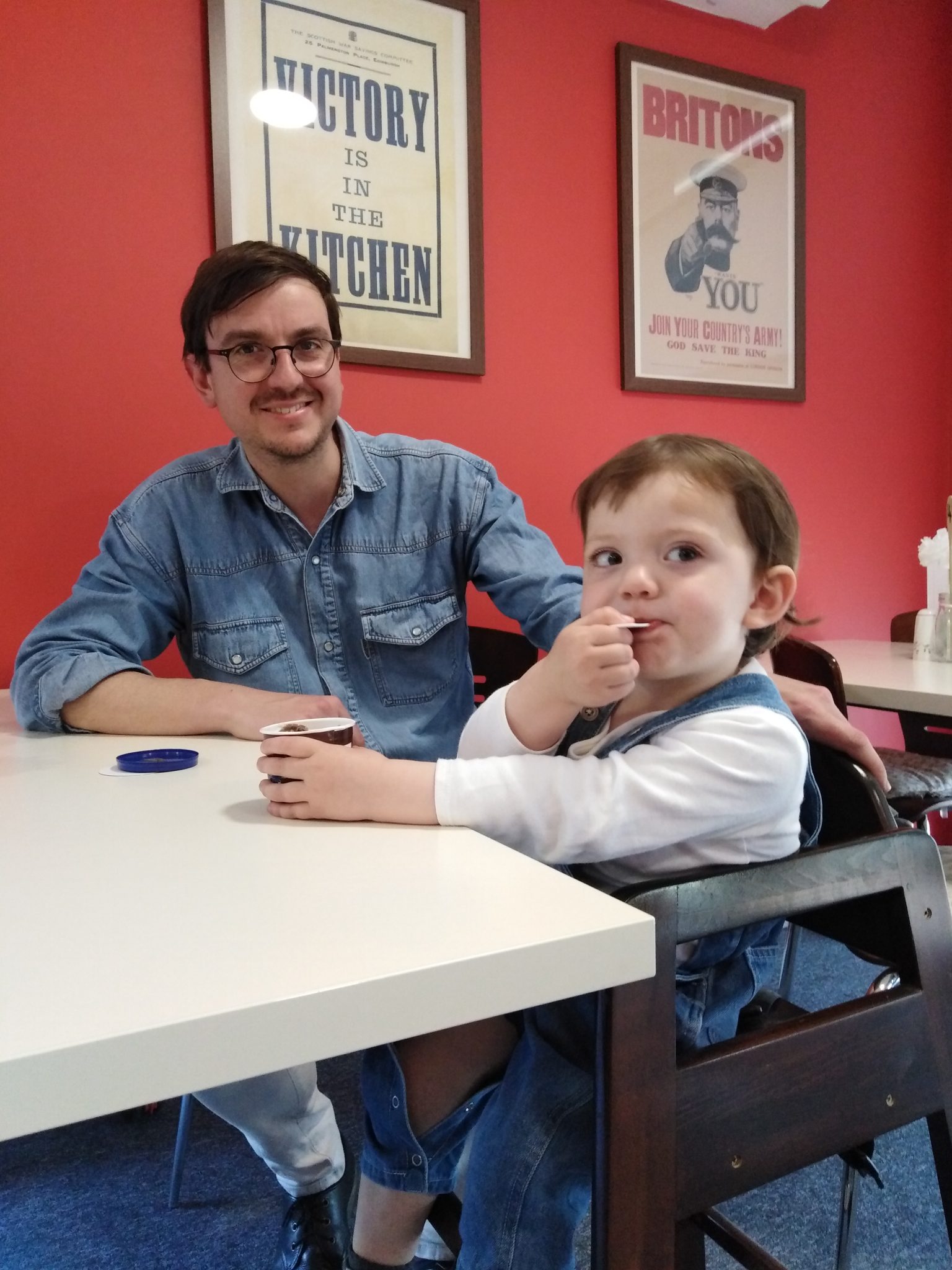This review was written by Alastair, who attended the ‘Back yourself’ drama sessions organised at the museum for local young people and run by Becky Crawley (photographed below) of the Helen O’Grady drama school.

First Entry
After first being introduced to Becky, who stated she was going to have us go through a drama exercise. The exercises included:
Throwing a ball around, when you passed the ball the person who caught it had to say a word beginning with letter that was stated at the beginning
Also did “state a fact” is the best name I have, where you turn to the person or your right. You say two things about you and they say two things about themselves, then you both say what you have just heard to the wider group
Breathing exercises and basic body language were included
The last part of the actives was role-playing. First you would role-play either a person selling a bad (total rubbish) car or you were the one buying it.
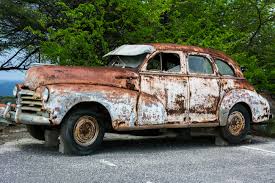
Also there was a situation where we predated that we were at a expensive French restaurant and that one of us has cockroach in their soup at which point someone had to be a waiter who was nice or more confrontational.
Personal note: Alright here is where I talk to you or a computer screen in this instance, well I found the session rather interesting the role-playing was rather quite enjoyable as I haven’t done that without a teacher before.
- The other members of the group were the best part, Harriet did sell me that car. To be entirely honest looking around that room I felt like I had been in everyone’s place at some point, I certain have been in Sharon’s, which did give me an odd feeling. Boy that was deep but there you go, though I have never been like Kelly as I really don’t like pizza.


Second Entry
The second session comprised many activities from the first session, include steady breathing exercises, saying single words as you go around the circle and working on body language. But the exercises were taken to the second stage as…..
Breathing actions had counting to ten (really) loudly and then trying to count in a very presentable way
The single words were no longer random but had to be woven into a cohesive sentence, which did go down a odd route. The short of the story is that Wolverine needed mental help, but it was all in his head or was it?
The new role-play exercise being that me and Harriet both sat in front of Becky and act like we were both employed by her and competing for a promotion. It started so well but there was money on the line (image money but still) as such the incrimination were soon flying, I said she would stop talking about scones and how great she made them, but wait for this, she accused me of leaving the safe open when the shop was shut (total out of nowhere but effective). In the end neither of us got anywhere as Becky couldn’t stop laughing
The final part of the session involved presenting a little talk to the group. My was all about Spider-wick the characters, plot, ending and why I like it so much even now. Harriet was all about a horror movie with a lot (we talking like 5 to 6) sequels all staring Freddy Kruger.
Personal note: The session was actual efficient, for the first time in a while I didn’t think of every word I was saying, or looking around for problems or analysis (yes I do that). Lastly as this is a personal note I did get a good group, Harriet is a really interesting person and nice to go through the exercises with. Coming up with a short talk for next time with be interesting have to decide either go for a rant on the dark tower or a long talk on something historical, decisions.
P.S I know there are a lot of brackets in these just my thing

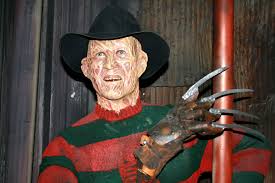
Last Entry
So how was the final session?
Well it was very heavy on the creating a front or putting on a performance of someone your not.
First we played two truths and a lie, well that didn’t end well for me Harriet worked it all out, all from the little bits of information I had given during our conversions, (dam it) still pretty clever. I was also the only one that got found out.
Next me and Harriet enacted three silent scenes that consisted of us playing a video games, being tourists somewhere(my guess is Paris I could pull of my French waiter) and lastly we posed as two people arguing over the directions on a map, though Becky thought we looked my like a couple bickering, that was my fault should have gestured with my hand more.
Then it was on to role-playing (again I know drama duh) so what was it this time, well it was the two of us creating conflict and then finding resolution’s. In this case Harriet played a person fed up with a group member over a assignment and I get to play her friend but I’m also a friend to the girl she is upset, by the end we had pretty much got into a conflict but hadn’t got out, yeah the acting and the argument I guess got a bit to real (but serious what kind of crazy person gets in the middle of two girls fighting uhhh). After that exercise was concluded the next scene to created was two interviews one good and one bad, in this case someone who wanted the post of librarian but was loud, flirty and came across as sneaky. In the other case a vet who feared dogs and was very nervous, stressed and figed. Then we both did normal interviews as ourselves or the straight back “I am very professional” selves.


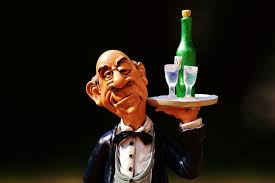

Well that’s it we didn’t get to do are second presentations as we ran out of time. We were given out certifies saying we had completed the drama course “Back yourself” and Becky mentioned our full assessments had been sent out to our work coaches.
- S I would like to thank Harriet for staying with the course all the way through unlike the others, doing it alone would have been boring and for a girl with little confidence she really was clever and very interesting to do exercise with a kind of get to know.
- S though I probable wasn’t as great I do feel like I have improved my social skills and have gotten I little more relaxed in interviews.
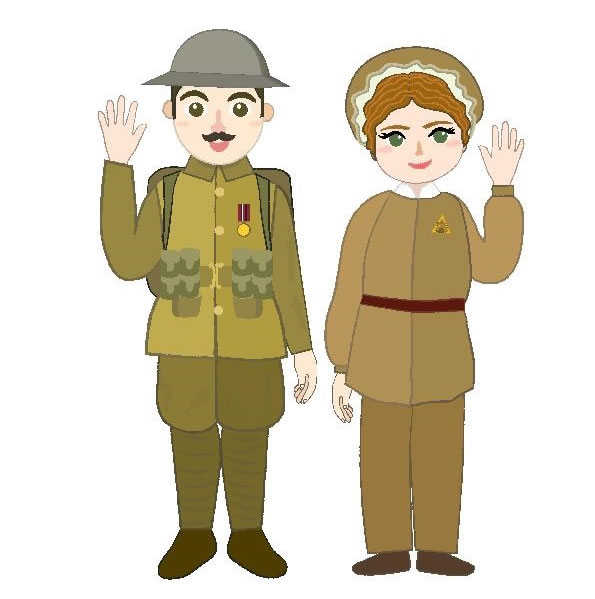
Thanks to Alastair for writing this report (and for letting us take his photo as well!)
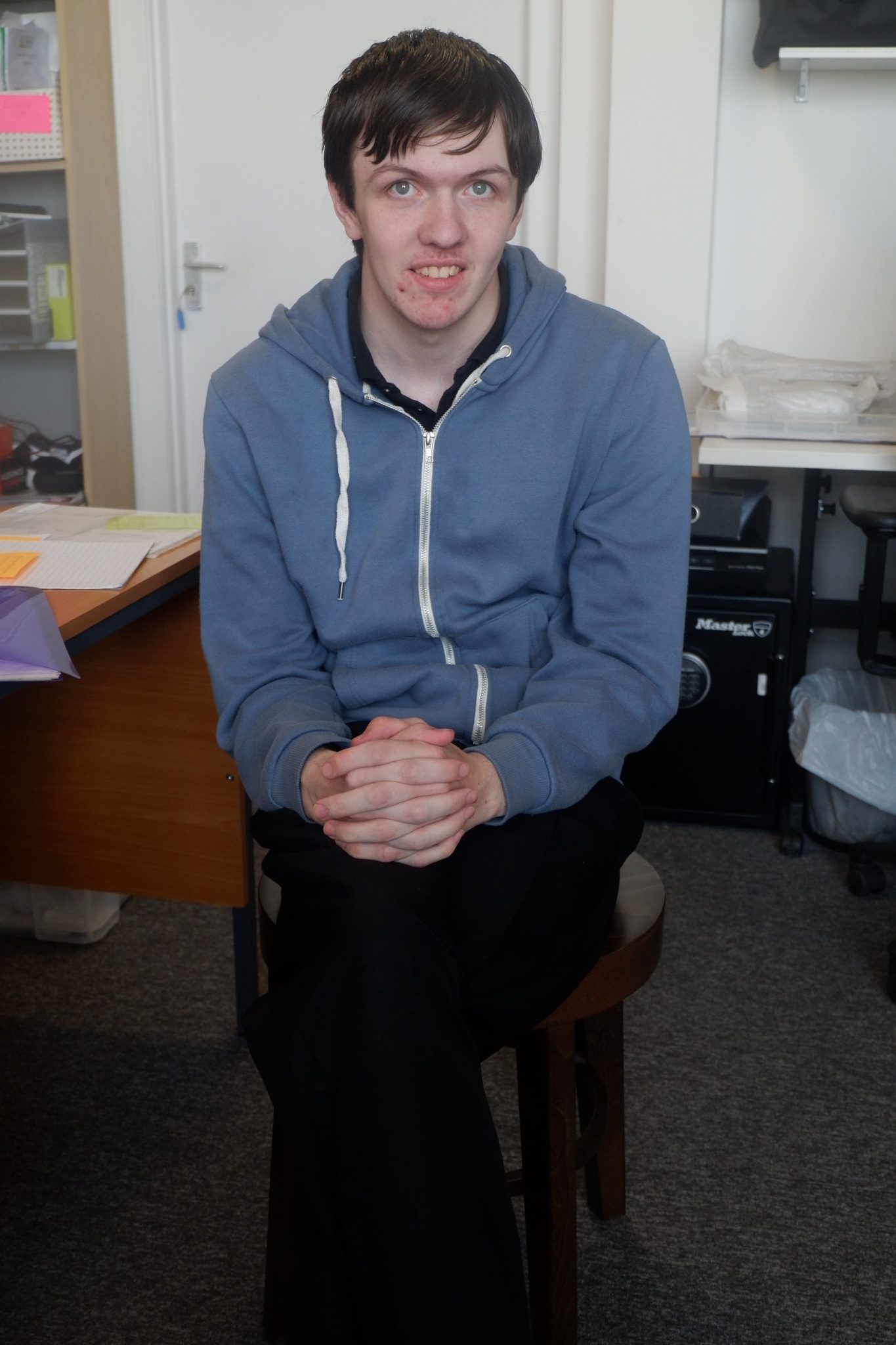
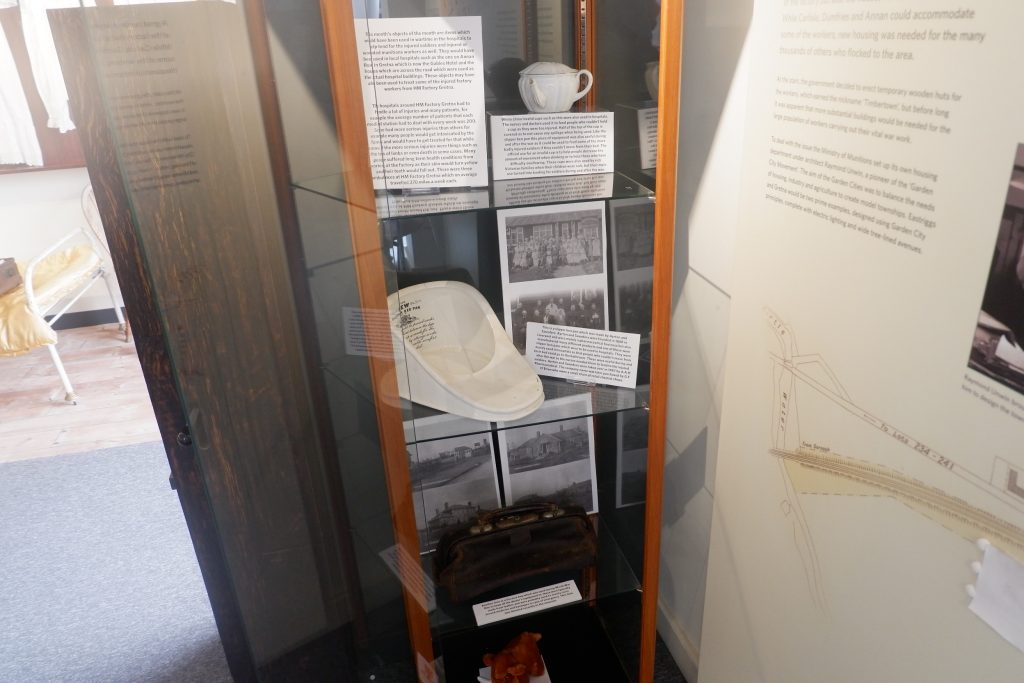
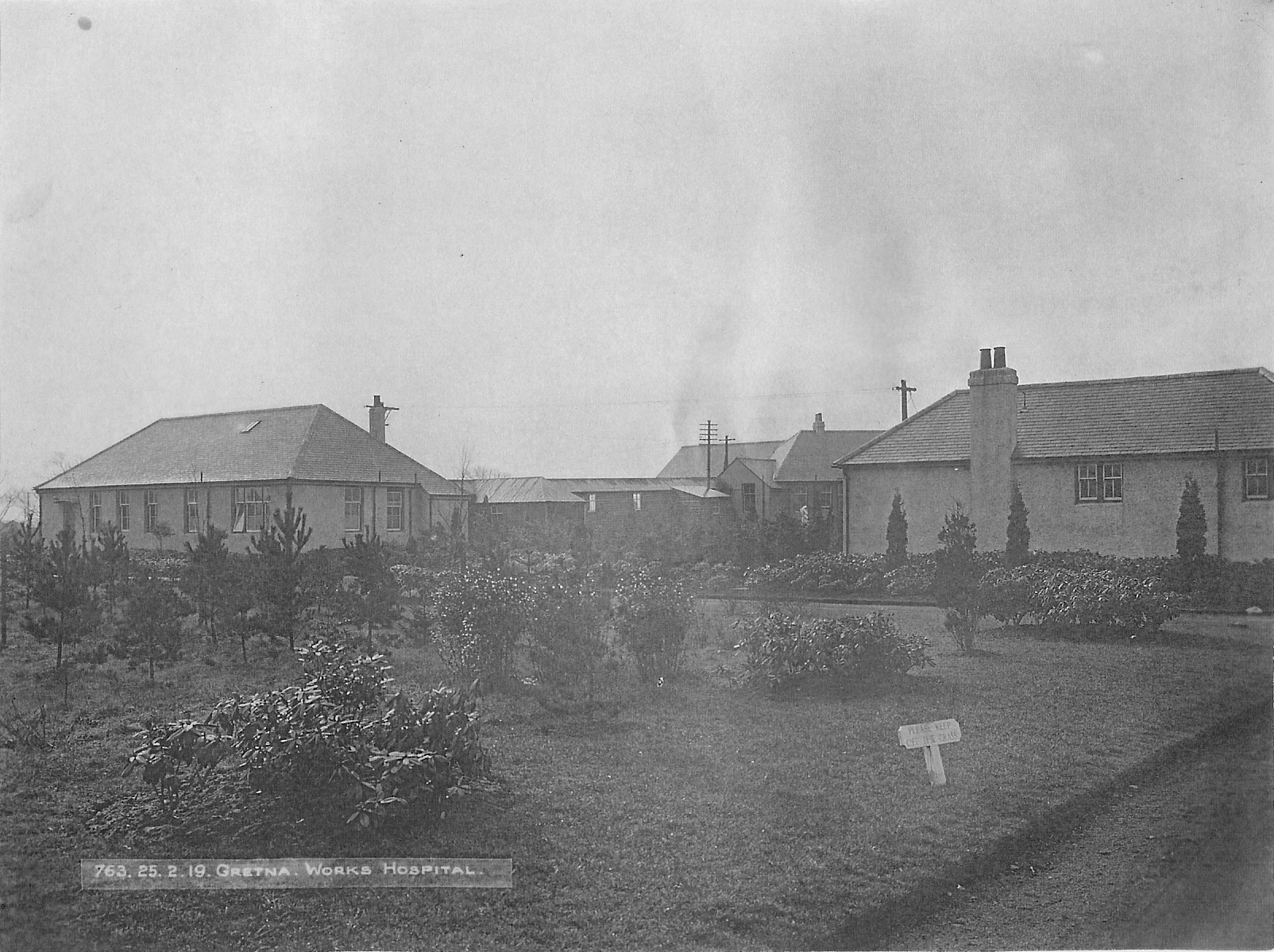
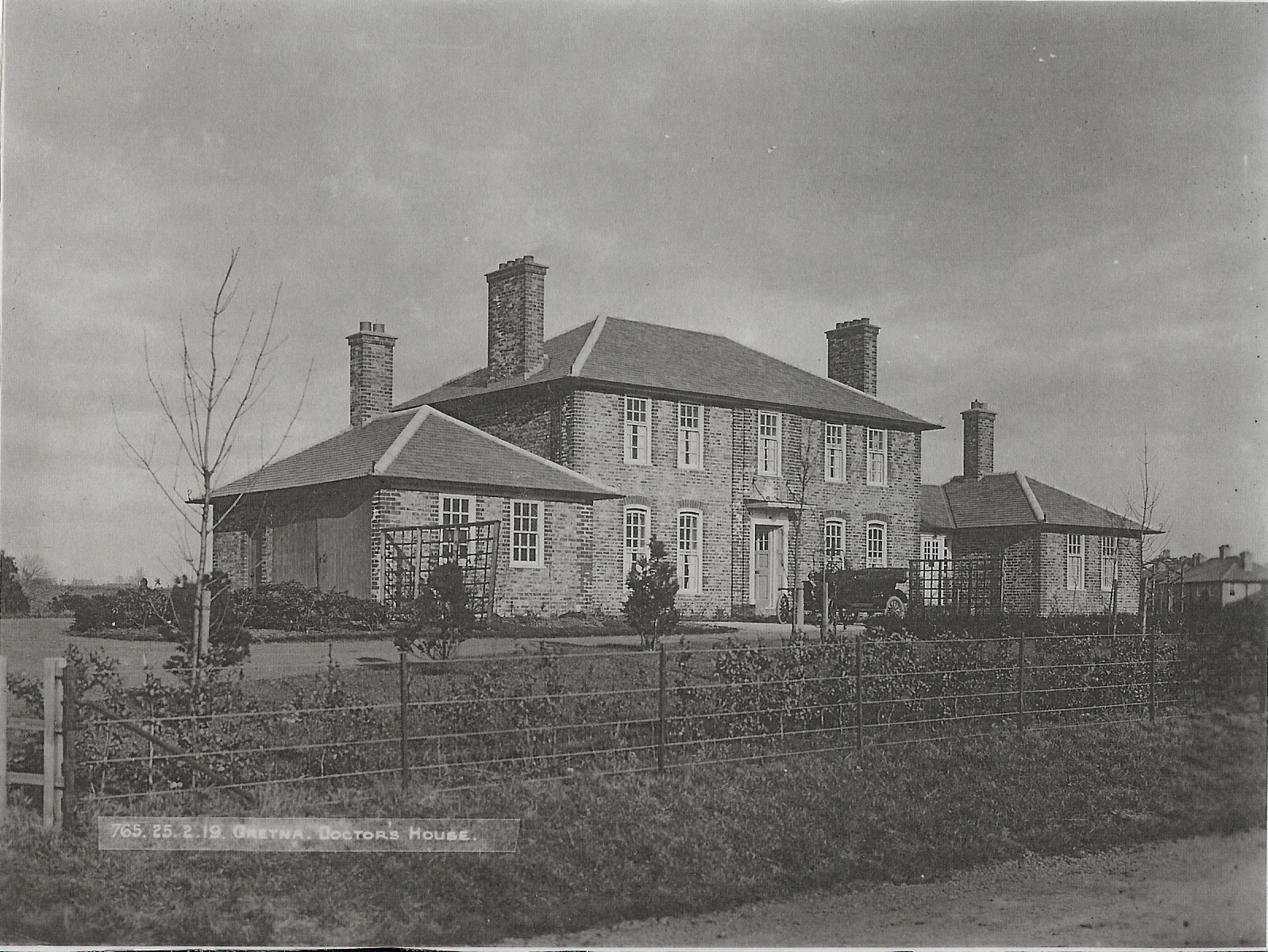
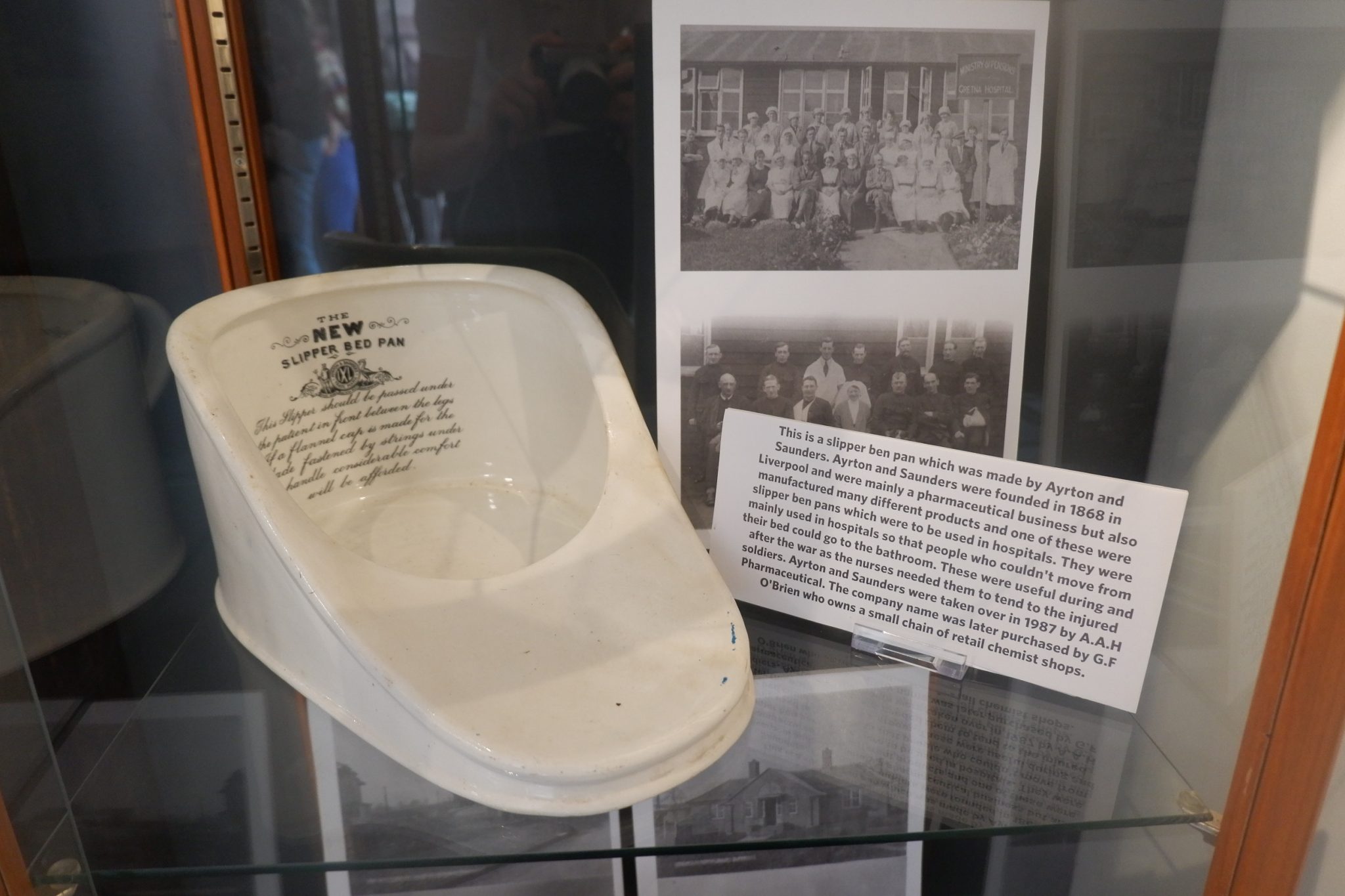
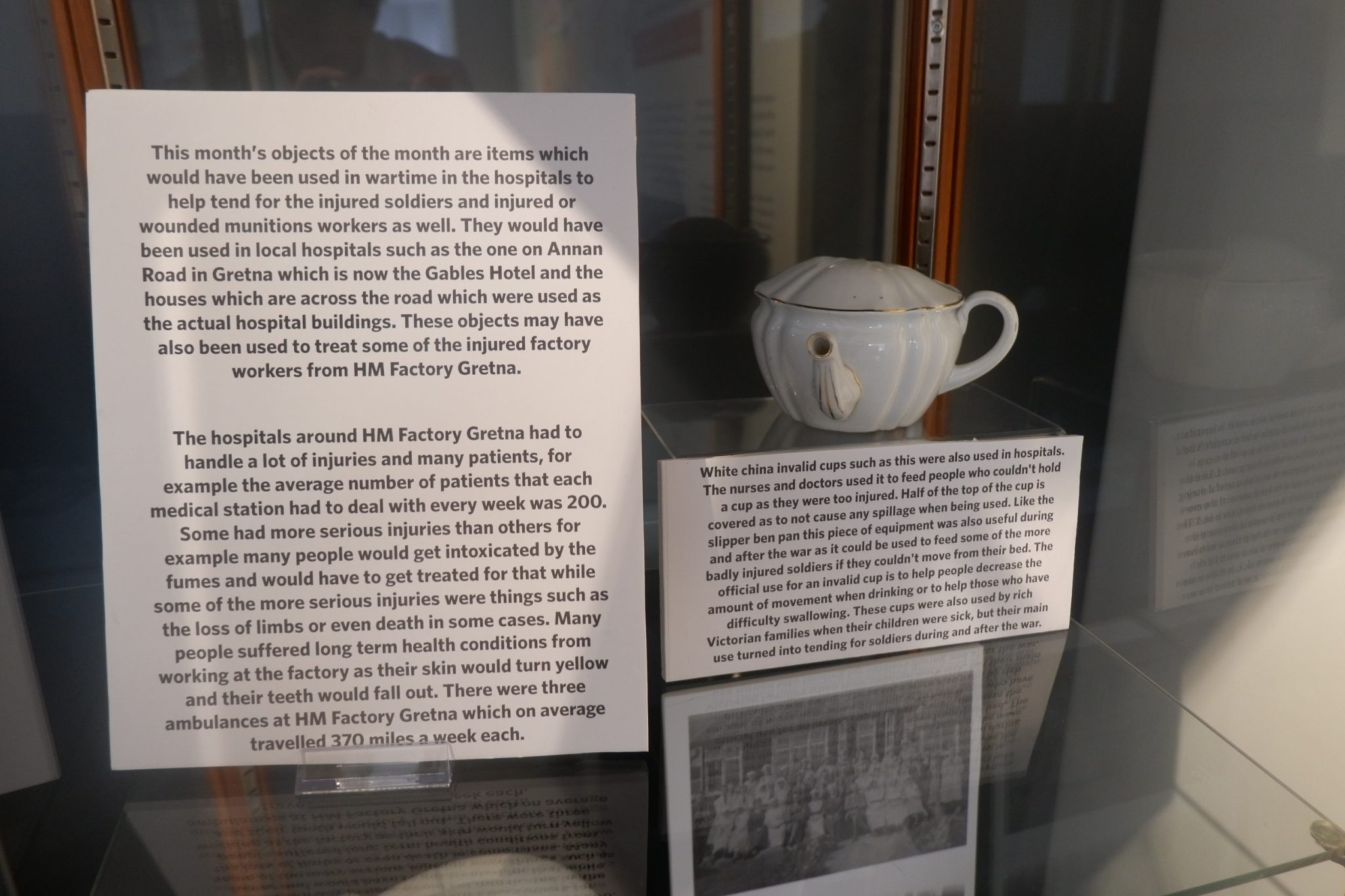
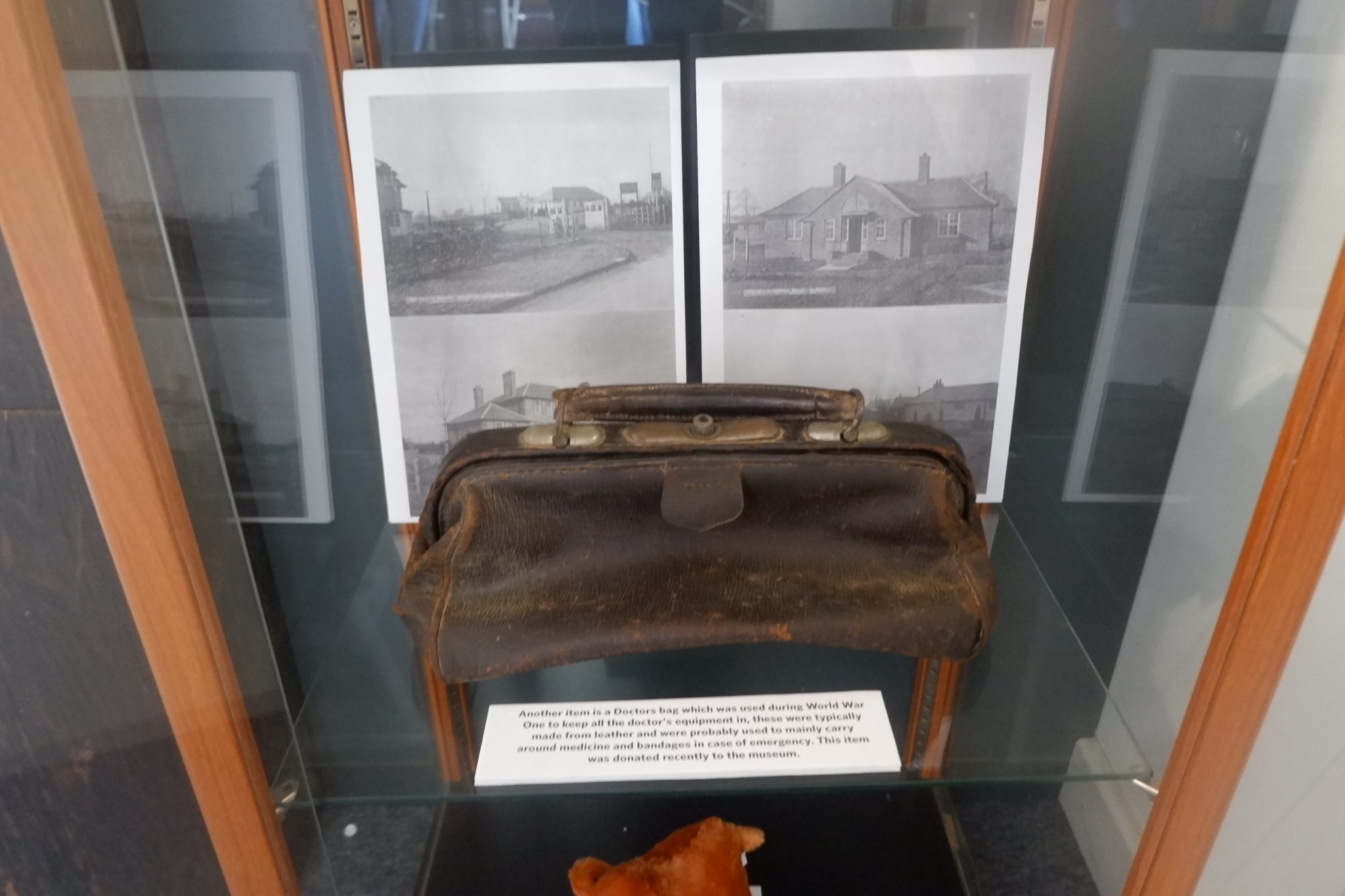

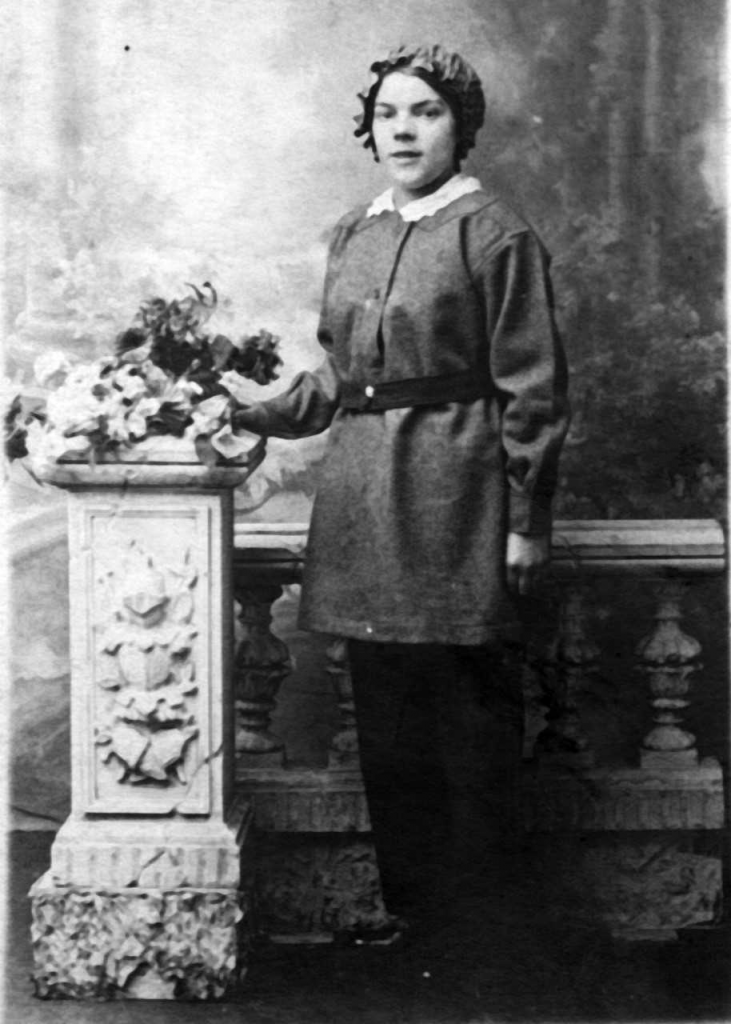
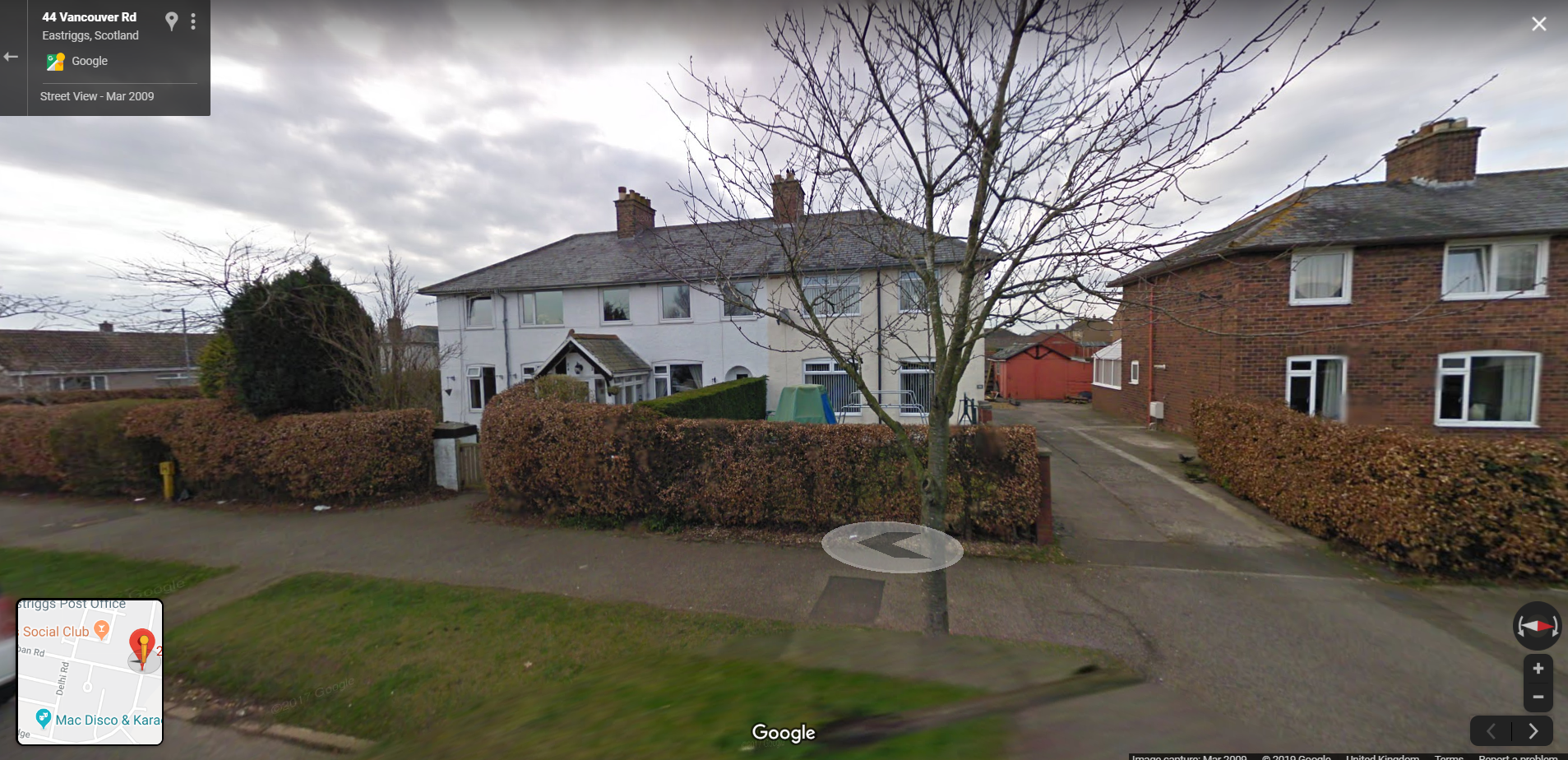
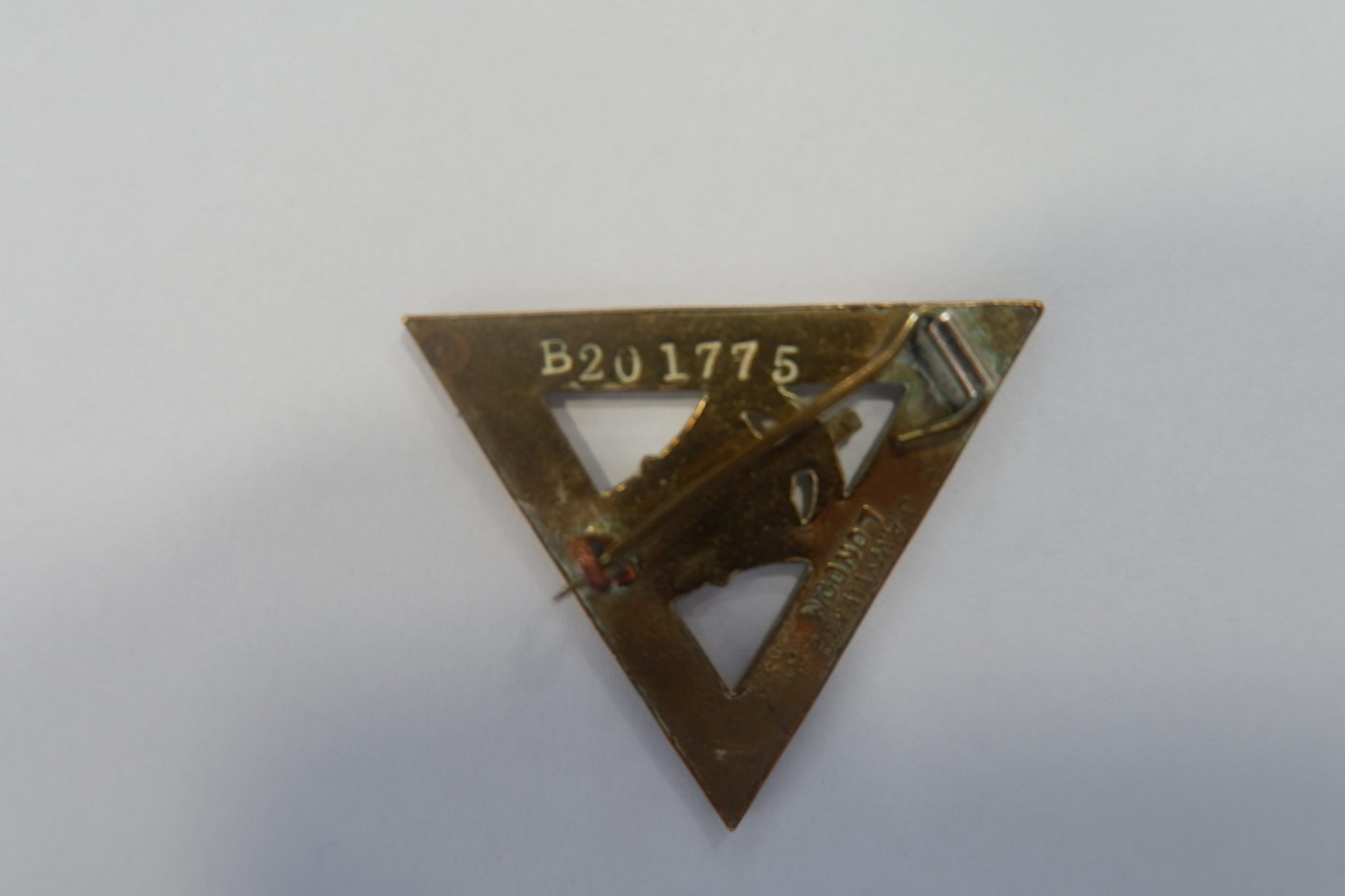
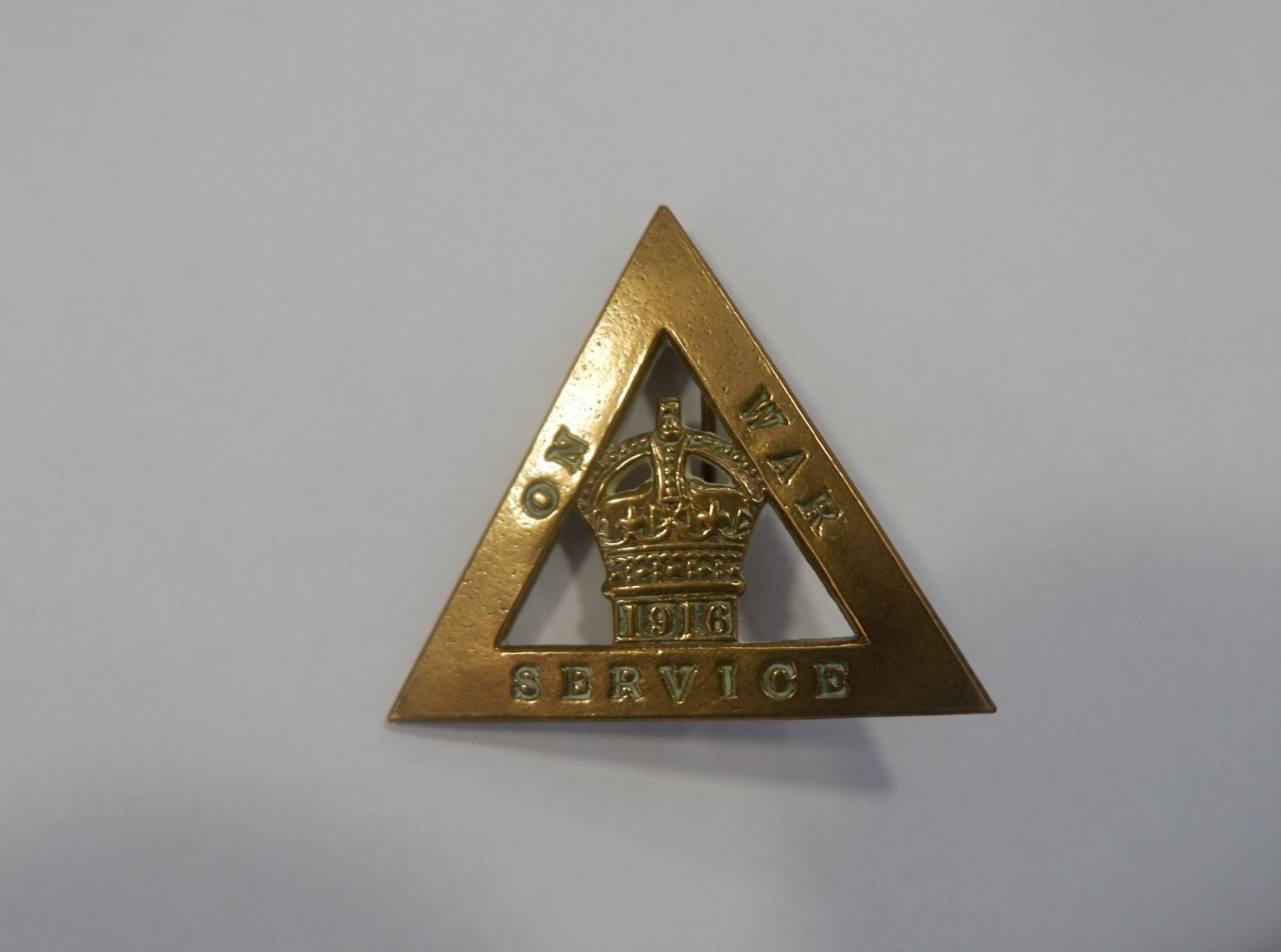
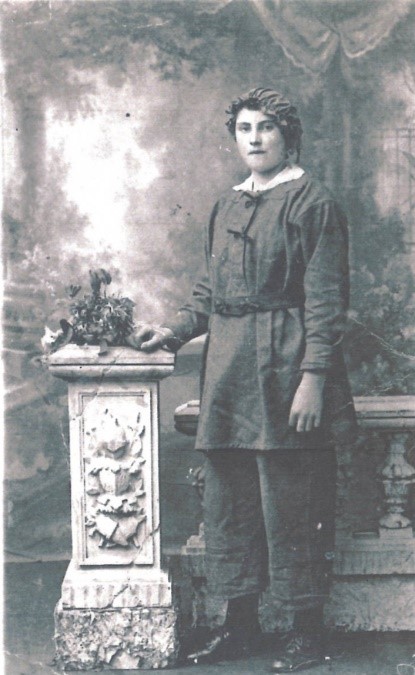
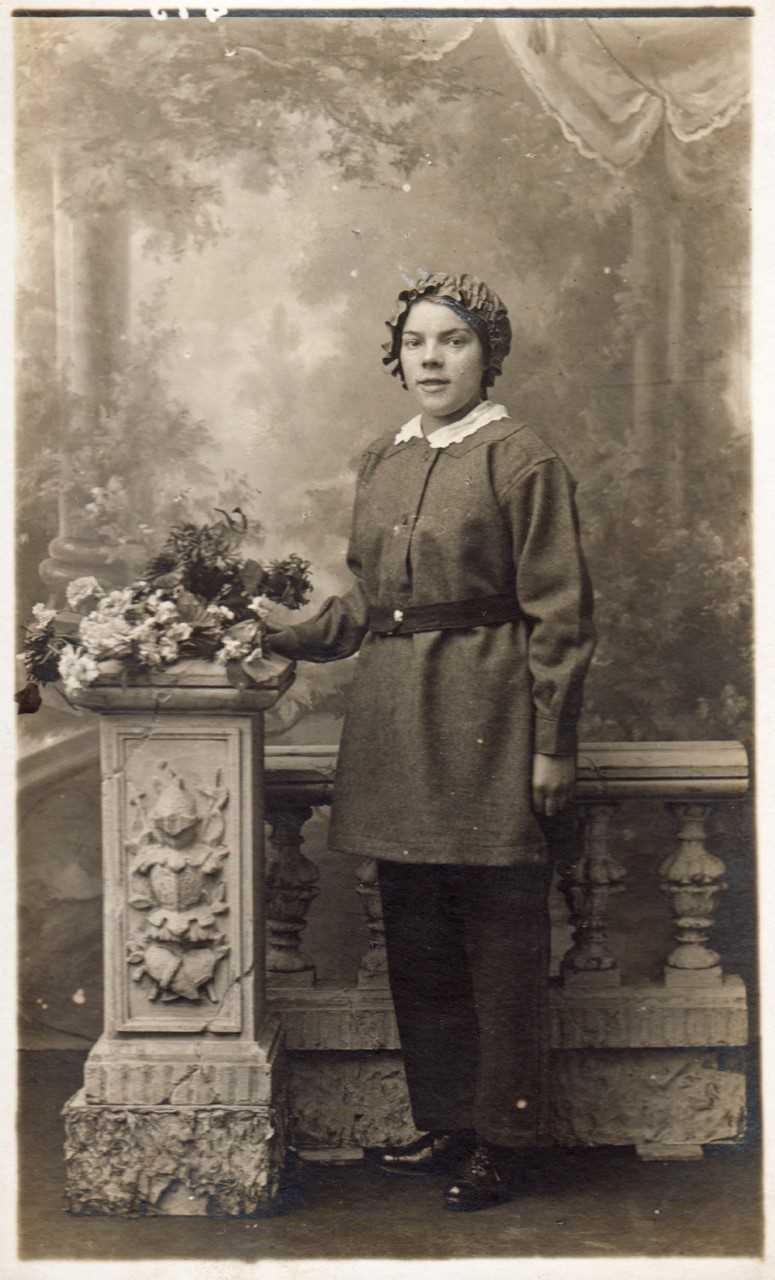
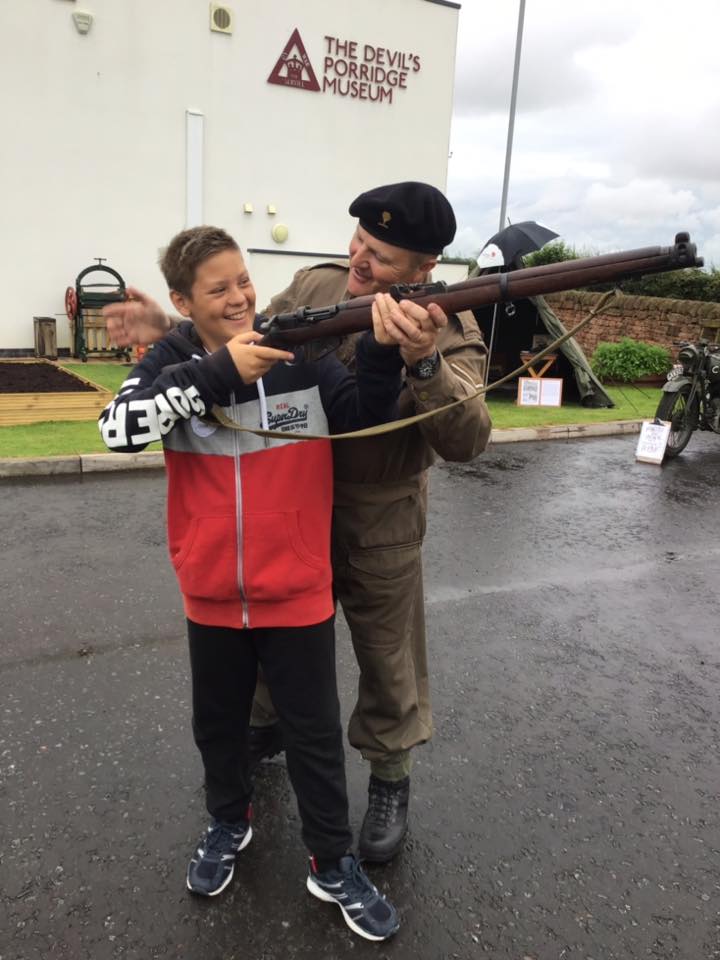
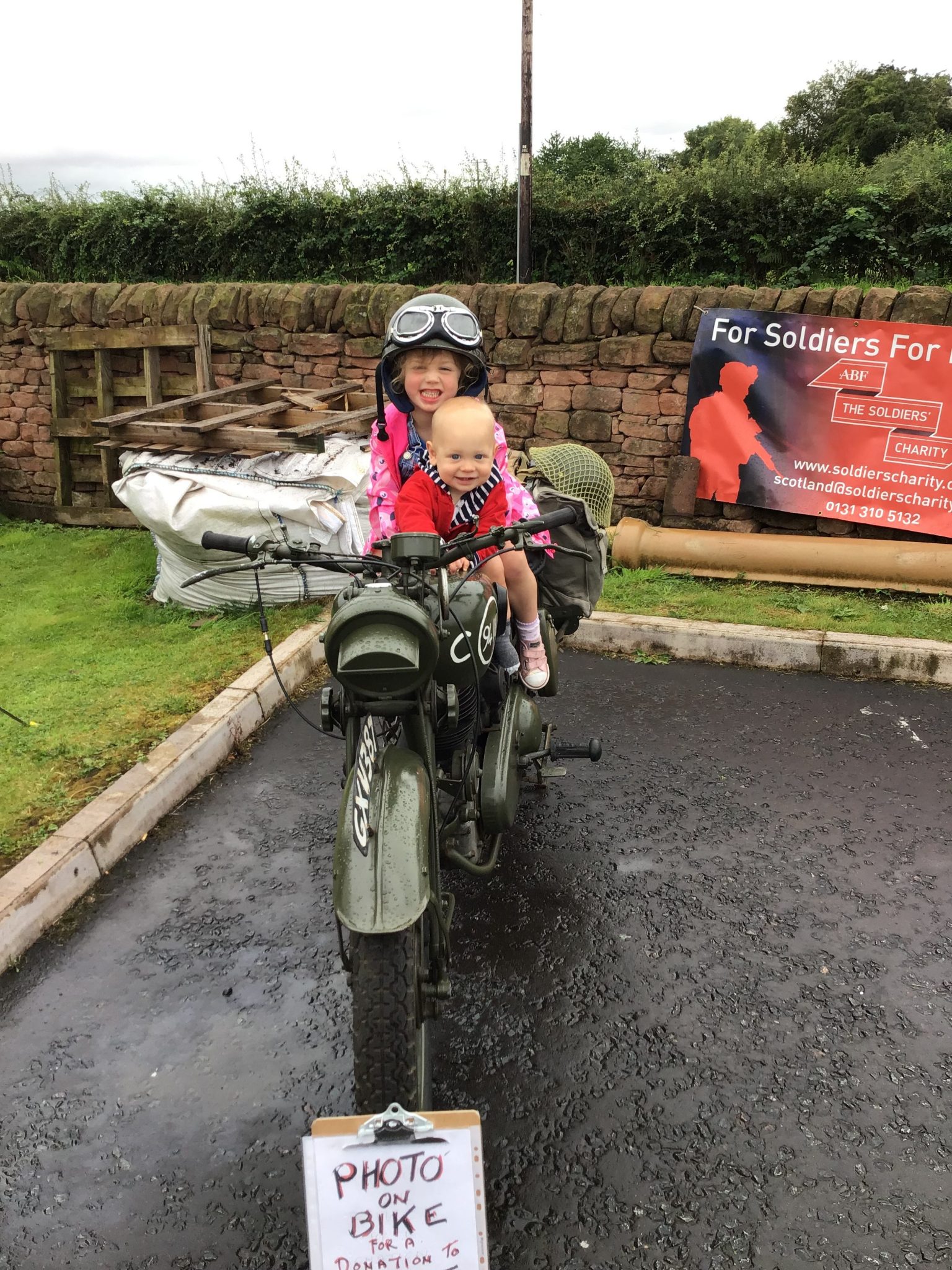
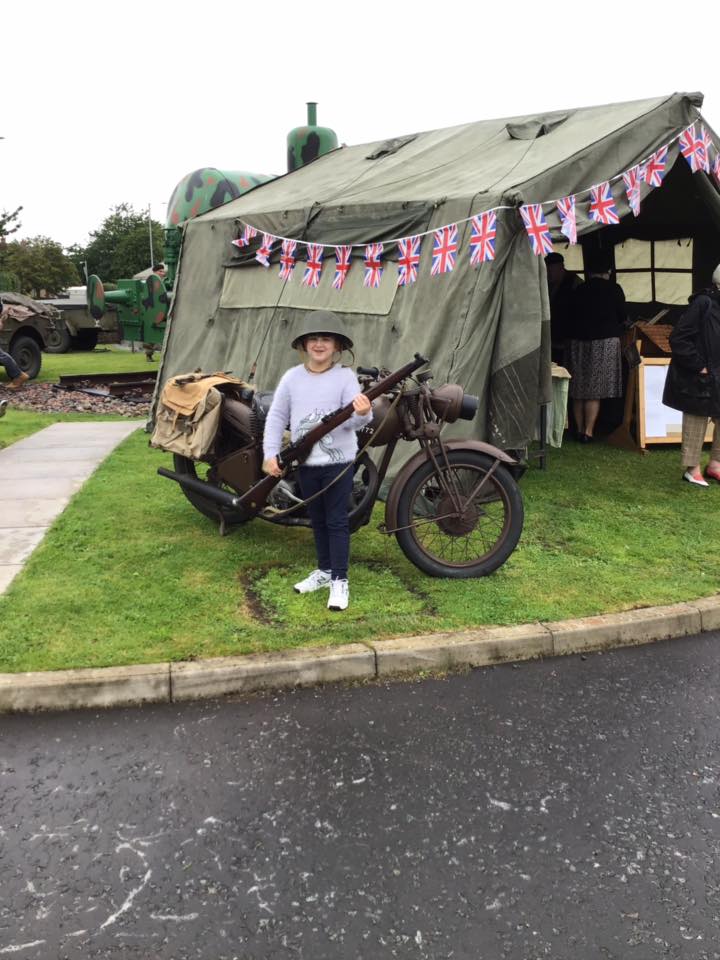
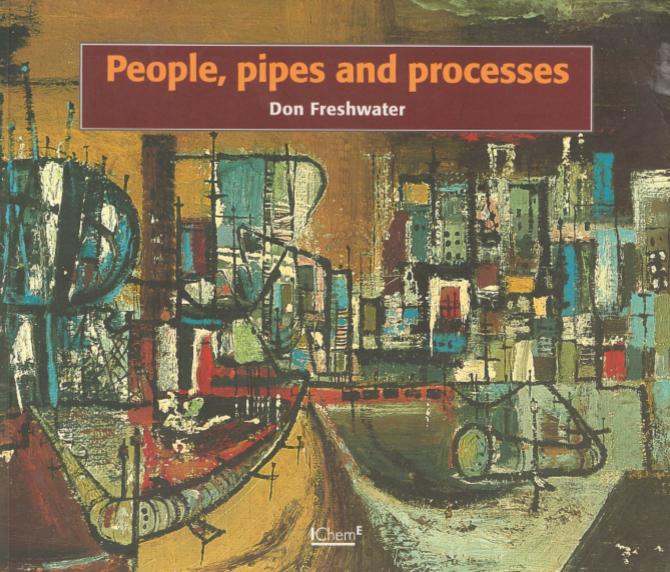
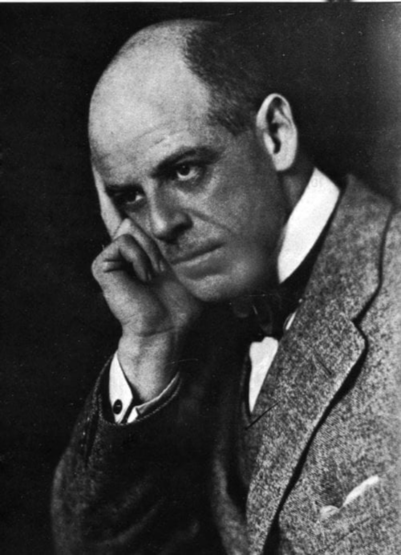 KBQ was born in New Jersey in 1878. KBQ had a normal schooling but no higher education. He spent some time aboard a sailing ship and then joined his uncle in 1890 at an industrial explosives factory in Pinole, California. He spent 10 years there learning on the job with his uncle.
KBQ was born in New Jersey in 1878. KBQ had a normal schooling but no higher education. He spent some time aboard a sailing ship and then joined his uncle in 1890 at an industrial explosives factory in Pinole, California. He spent 10 years there learning on the job with his uncle.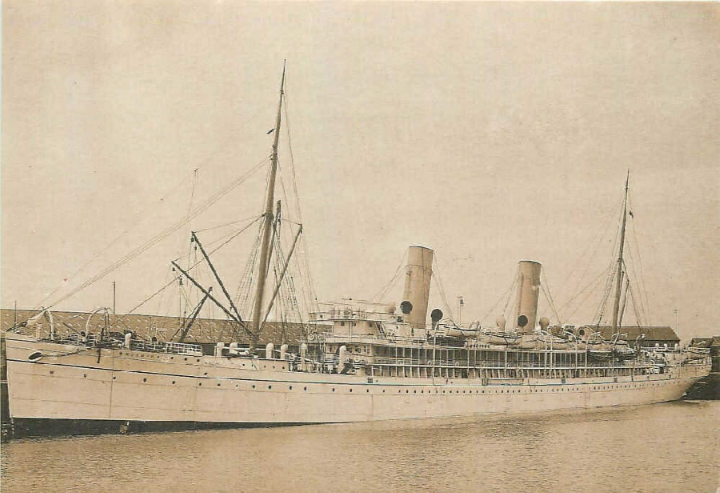 Quinan was put in charge of the Factories Branch of the Ministry of Munitions (about 20 factories in total). He worked seven days a week throughout the War and was mainly based in London in his offices at Storey’s Gate.
Quinan was put in charge of the Factories Branch of the Ministry of Munitions (about 20 factories in total). He worked seven days a week throughout the War and was mainly based in London in his offices at Storey’s Gate.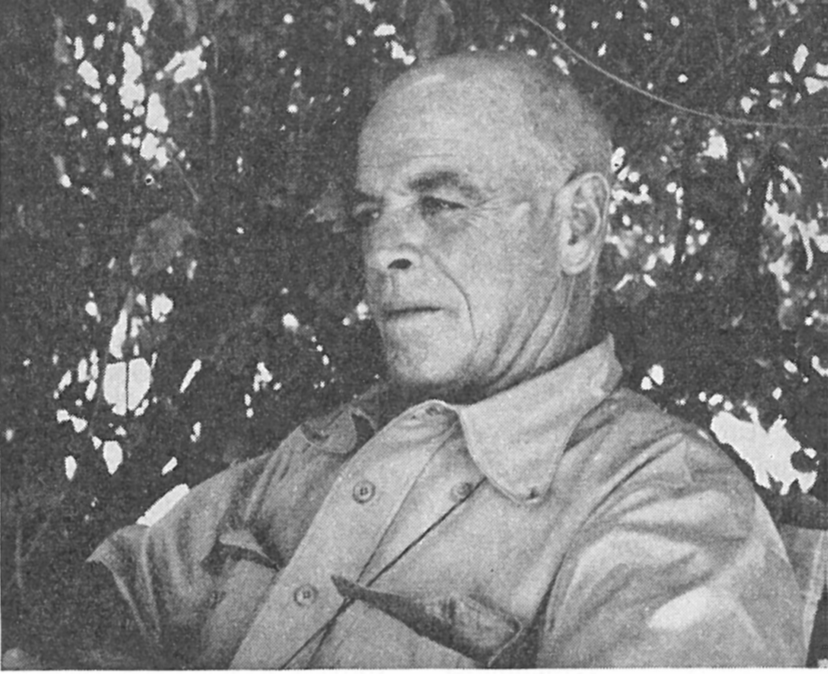 On the 31st of December he married Jean Pargiter and they had two sons. He then retired on his fruit farm in Somerset West where he built a laboratory and dedicated himself to grape production. Then in 1942 he was invited by the British Government to be Senior Representative in South Africa for Chemical Defence Matters, he worked tirelessly in munitions manufacture again. Unfortunately then on January 26th at 11am 1948 he collapsed and died at his desk in his office.
On the 31st of December he married Jean Pargiter and they had two sons. He then retired on his fruit farm in Somerset West where he built a laboratory and dedicated himself to grape production. Then in 1942 he was invited by the British Government to be Senior Representative in South Africa for Chemical Defence Matters, he worked tirelessly in munitions manufacture again. Unfortunately then on January 26th at 11am 1948 he collapsed and died at his desk in his office.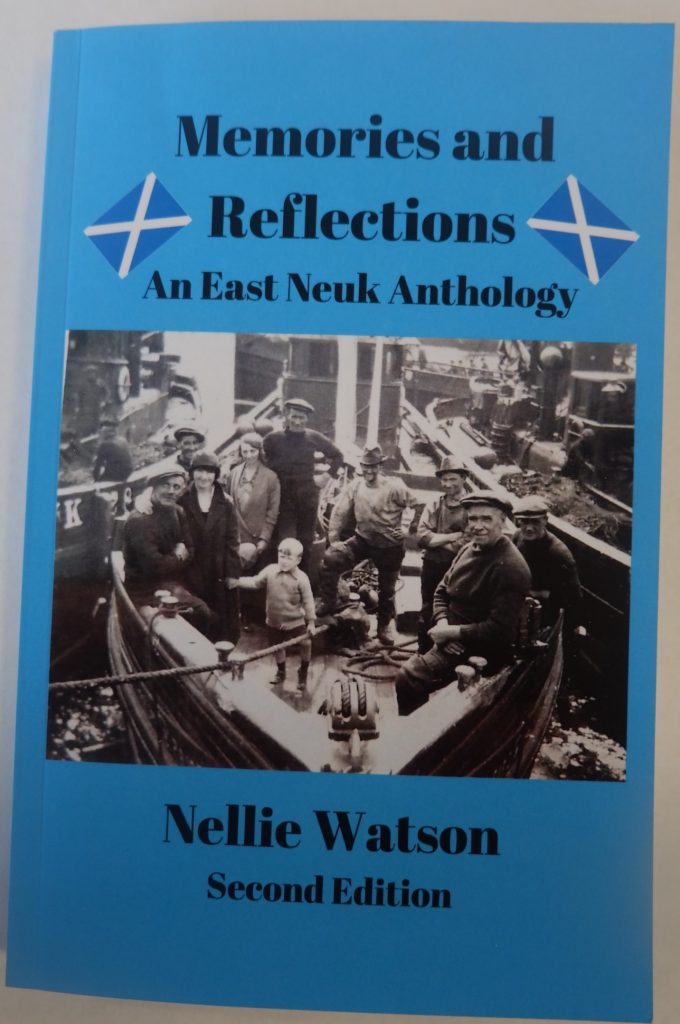
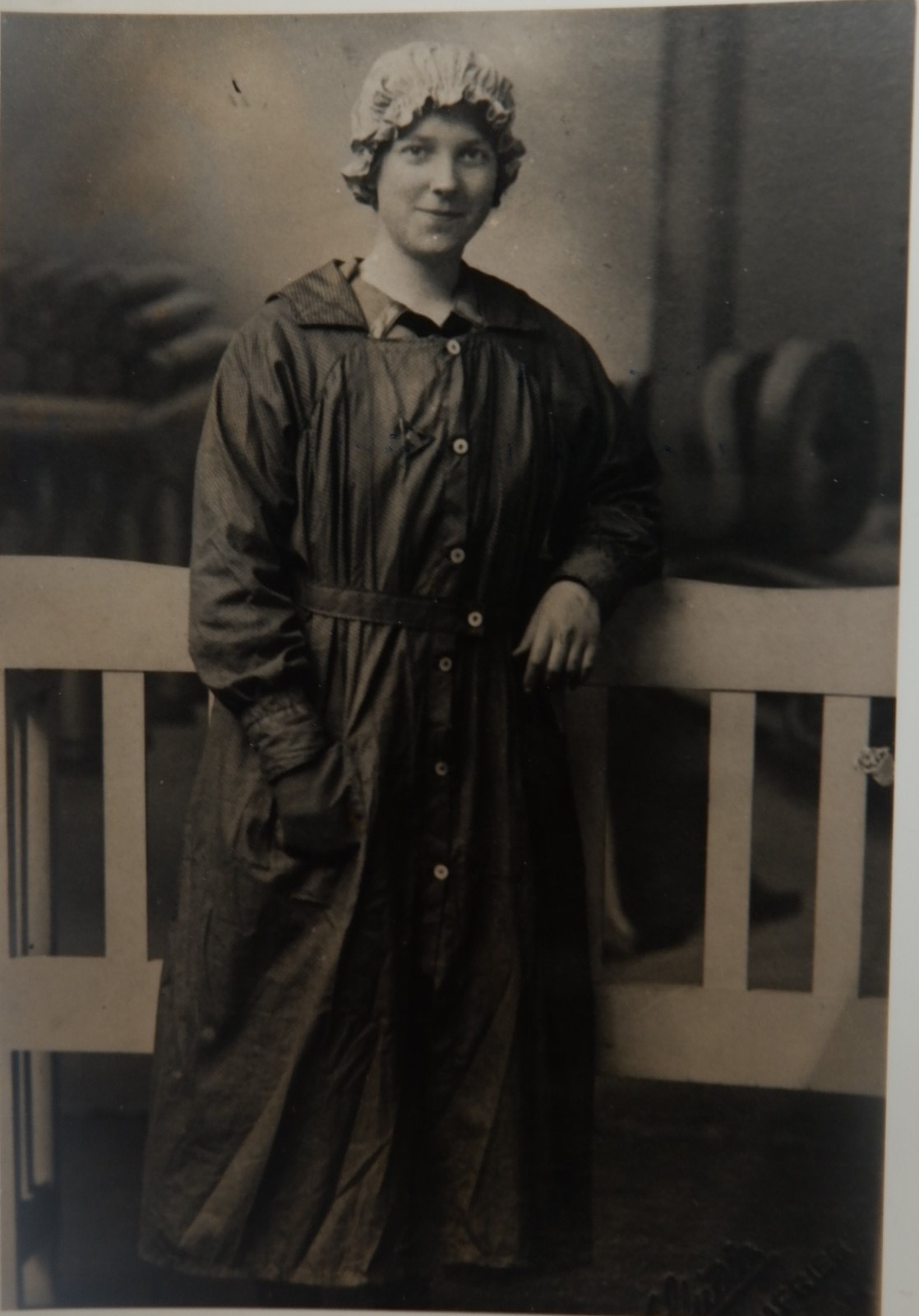 Nellie wrote poetry for her entire life and this book shares some of her poems in the ‘Auld Scots Tongue.’ Her World War One work (and the museum) get a mention on page 136.
Nellie wrote poetry for her entire life and this book shares some of her poems in the ‘Auld Scots Tongue.’ Her World War One work (and the museum) get a mention on page 136.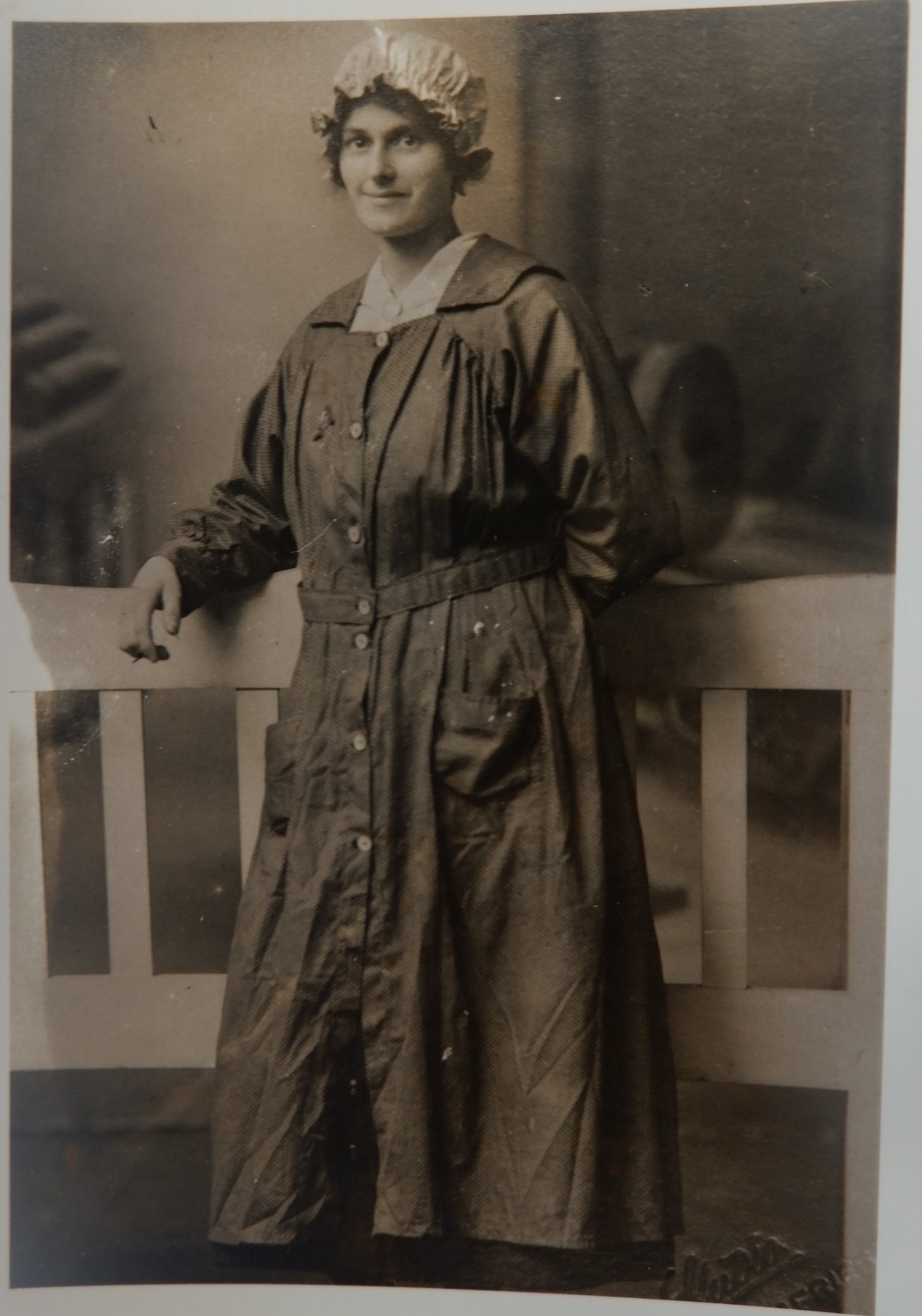 Thanks to Ali Humphries, great niece of Nellie and grand-daughter of Alice for sharing this information with us and for donating a copy of the book and photographs to the museum for our records. #WWI
Thanks to Ali Humphries, great niece of Nellie and grand-daughter of Alice for sharing this information with us and for donating a copy of the book and photographs to the museum for our records. #WWI 